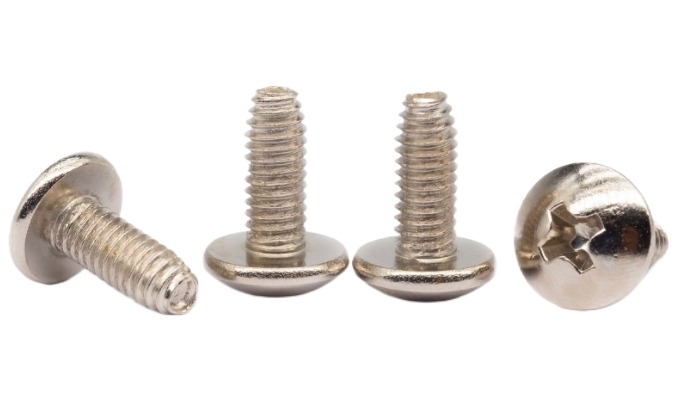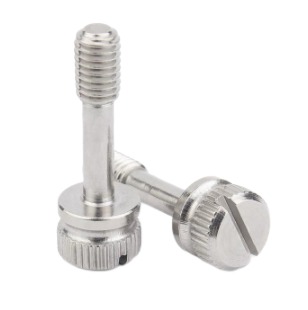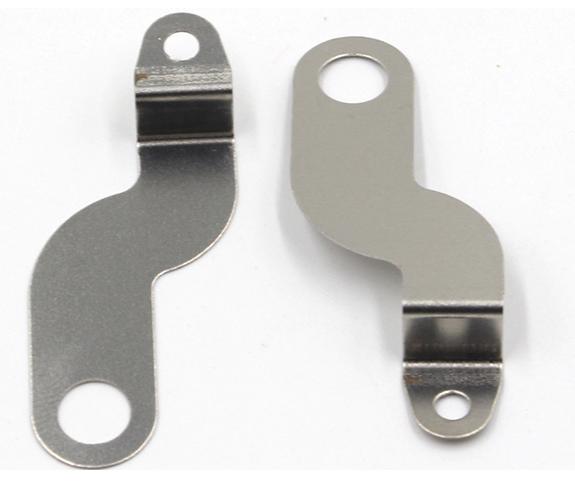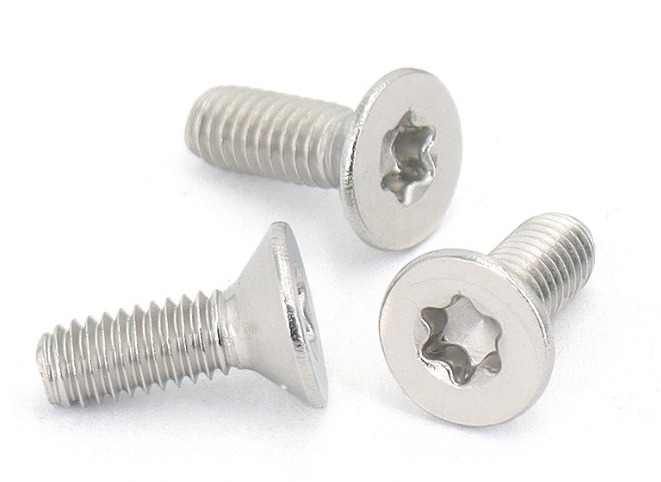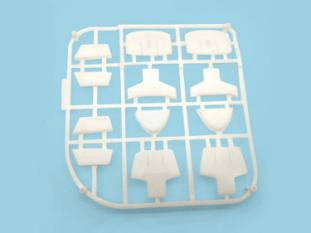What are the 7 Common Defects in Injection Molding and How Can They be Prevented
Injection molding is a widely used manufacturing process for producing plastic parts with high precision and efficiency. However, like any manufacturing process, injection molding can encounter certain defects that affect the quality and functionality of the final products. Understanding these common defects and implementing preventive measures is essential to ensure successful and cost-effective production. In this article, we will explore some of the most common defects in injection molding and discuss strategies to prevent them, enabling manufacturers to achieve high-quality, defect-free parts.
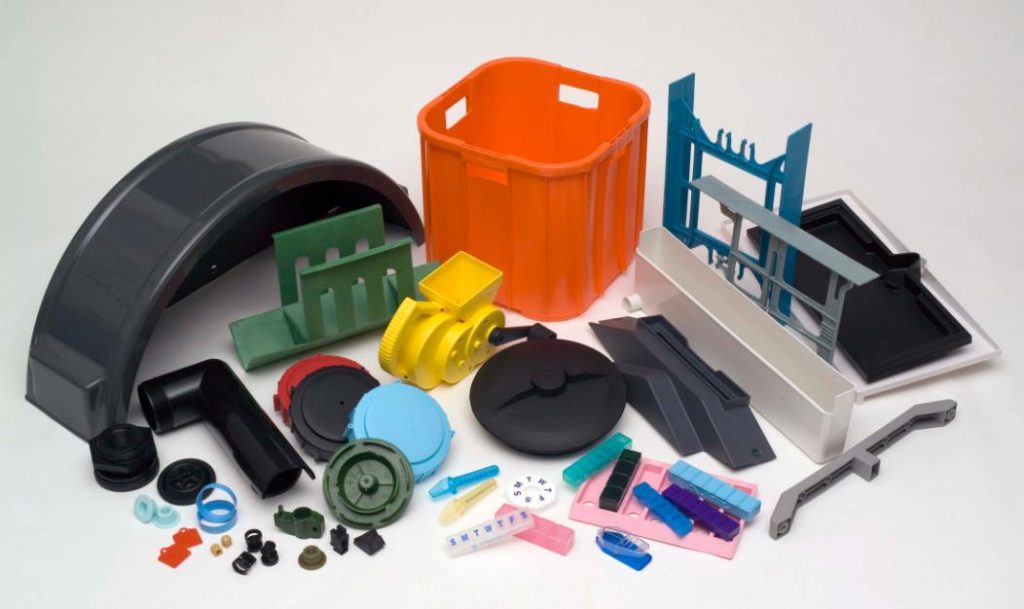
Common defects in injection molding can occur due to various factors during the manufacturing process. Here are some of the common defects and potential prevention measures:
Sink Marks in Injection Molding
Sink marks are depressions or indentations on the surface of the molded part caused by localized shrinkage during cooling. To prevent sink marks, design considerations such as adequate wall thickness, proper gate placement, and cooling channel optimization can help ensure uniform cooling and minimize differential shrinkage.
Warping in Injection Molding
Warping refers to the deformation or twisting of a part after it has been molded. To prevent warping, maintaining uniform cooling and minimizing internal stresses is crucial. This can be achieved through proper cooling system design, optimizing gate locations, and using appropriate material with lower shrinkage properties.
Flash in Injection Molding
A flash occurs when excessive material flows into the mold cavity and escapes through the mold parting line. Proper mold design, accurate clamping force, and precise control of injection pressure and speed can help prevent flash. Regular inspection and maintenance of molds are also important.
Short Shot in Injection Molding
A short shot happens when the mold cavity is not completely filled with molten plastic, resulting in incomplete parts. To prevent short shots, ensure proper injection parameters like temperature, pressure, and cycle time. Additionally, adequate venting, maintaining proper melt viscosity, and avoiding excessive cooling of the melt can help achieve complete filling.
Weld Lines in Injection Molding
Weld lines are lines or marks on a part where two or more flow fronts meet during the injection molding process. They can weaken the part’s structural integrity. To prevent weld lines, optimize gate placement and mold design to ensure smooth and consistent flow of the molten material.
Burn Marks in Injection Molding
Burn marks are discolored or burnt areas on the surface of a part caused by excessive heat or degradation of the plastic material. To prevent burn marks, control melt temperature, injection speed, and cycle time. Proper venting and the use of materials with higher heat resistance can also help minimize burn marks.
Air Traps/Bubbles in Injection Molding
Air traps or bubbles can occur when air is trapped within the mold cavity during injection, resulting in voids or air pockets in the part. To prevent air traps, ensure adequate venting, maintain proper injection pressure, and use appropriate injection and packing profiles to allow air to escape.
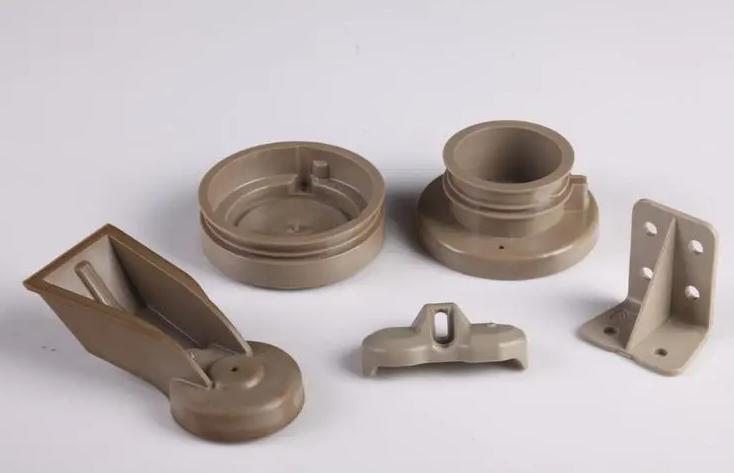
Summary
These are just a few examples of common defects in injection molding and preventive measures. Each defect may have multiple causes, so it’s important to analyze the specific molding parameters, material properties, and design aspects to identify the root causes and implement appropriate preventive measures. Regular monitoring, process optimization, and continuous improvement are essential to minimize defects and achieve high-quality molded parts.
Injection molding offers tremendous advantages in terms of mass production, complex geometries, and cost-effectiveness. However, it is essential to address and prevent the common defects that can arise during the process. With a focus on defect prevention, injection molding can unlock new possibilities for a wide range of industries, from automotive and electronics to medical devices and consumer goods. By continually refining and optimizing the injection molding process, manufacturers can meet the ever-increasing demands for quality, efficiency, and innovation, driving the advancement of modern manufacturing techniques.

